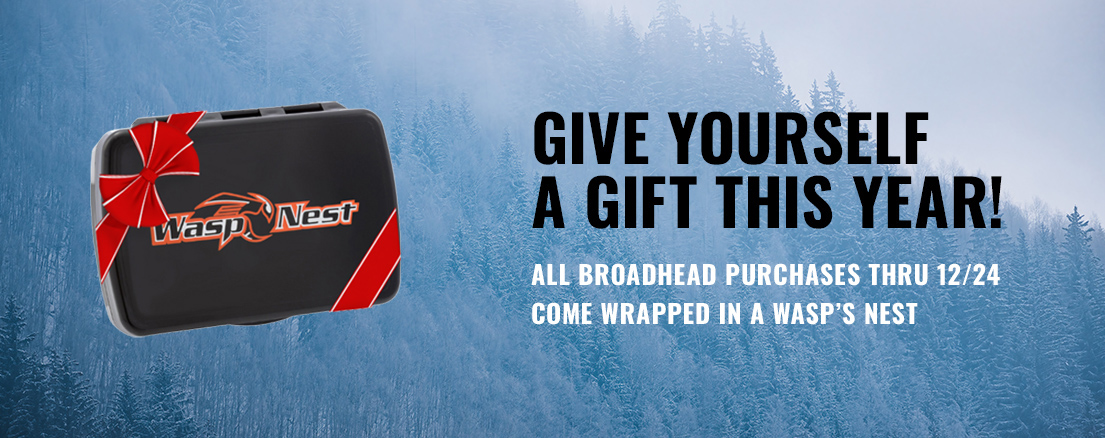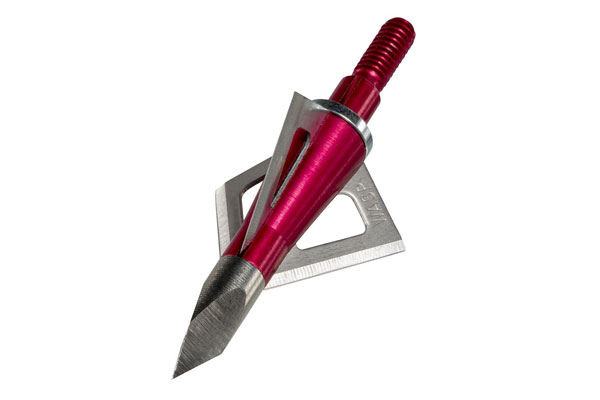Pass or Shoot? 3 Bowhunting Shot Opportunities Examined
Would you take these shots in the field, or hold out for something better? Our staff weighed in
Good bowhunters are inherently good decision makers. We must make the right decisions on the equipment we use, the practice we put in, the scouting we do, and the areas where we set up. When we finally get an animal within range, we must decide whether to take the first decent shot opportunity we get or wait for a better one … which doesn’t always happen.
Deciding whether to take a tough shot or not is subjective and based on the bowhunter’s experience, skill, and confidence. But universally, the goal is to put a sharp broadhead into the vitals for a fast, humane kill. Shot angles, obstructions, and animal behavior can all prevent that from happening. We pulled three images of trophy animals and presented them to the Wasp Archery team, each with a hypothetical hunting scenario. Each animal is well within bow range, but each scenario has challenges that might make a bowhunter think twice before shooting. Your decision might be different than ours given your capabilities and experiences, but here’s where we landed on each.
THE KANSAS WHITETAIL
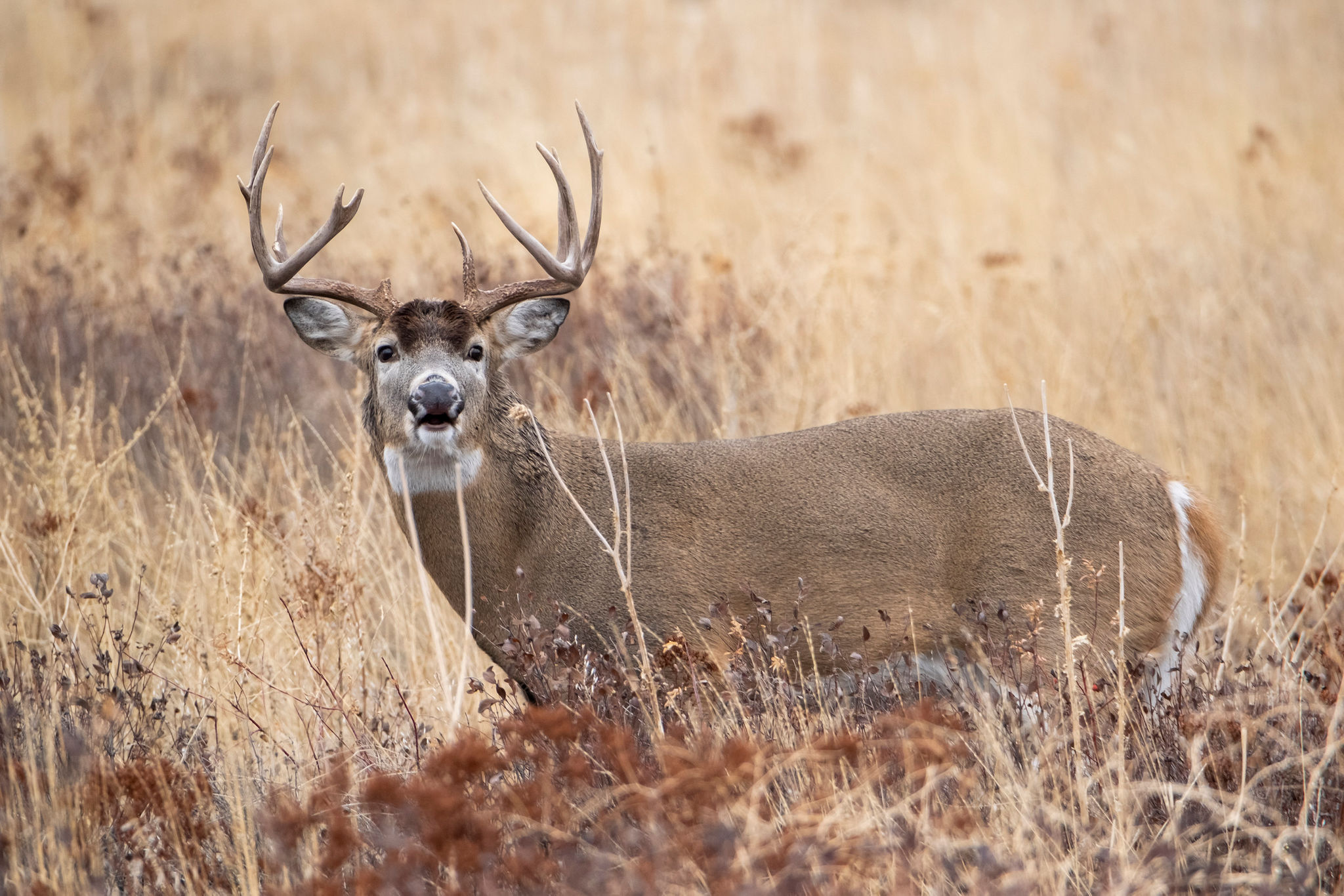
The buck is 32 yards, and the brush is about 19. The arrow’s arch should clear the obstacle and hit the vitals no problem.
You’ve been still-hunting creek draws in western Kansas during the peak of the rut, and you spotted this nice buck tending a doe on the prairie. With a good breeze in your face, you snuck as close as you could, and then the doe came toward you, dragging the buck behind her. She’s moving quickly, and has just stepped into the timber up ahead of you, and already out of sight. You know the clock’s ticking.
The buck has stopped broadside at 32 yards and has no idea you’re there, even though he’s looking your direction. You’re at full draw, but his vitals are obstructed from view just a bit by some brush that’s a little more than halfway between you and him. You’re shooting a compound bow with a single-pin slider sight that you’ve locked in at 25 yards during the stalk, and your arrow’s tipped with a Wasp Havalon HV 125.
Our Take: Shoot.
This is likely the best opportunity you’ll get at this buck, even though our crew was concerned about the buck looking our way, and would like for him to turn his head before shooting. Given that he’s following a doe, that’s probably going to happen, though he may start walking or trotting when it does. All around, though, this is a pretty awesome opportunity. Yes, the cover is obscuring the lower edge of the buck’s vitals, but it’s important to note that the cover is a good bit closer than the buck. Hold your pin slightly high on the lungs (but not in the backstrap), settle in, and touch it off. The arch in the arrow’s trajectory should clear the obstacle no problem and zip right through the middle of the lungs.
THE WYOMING ANTELOPE
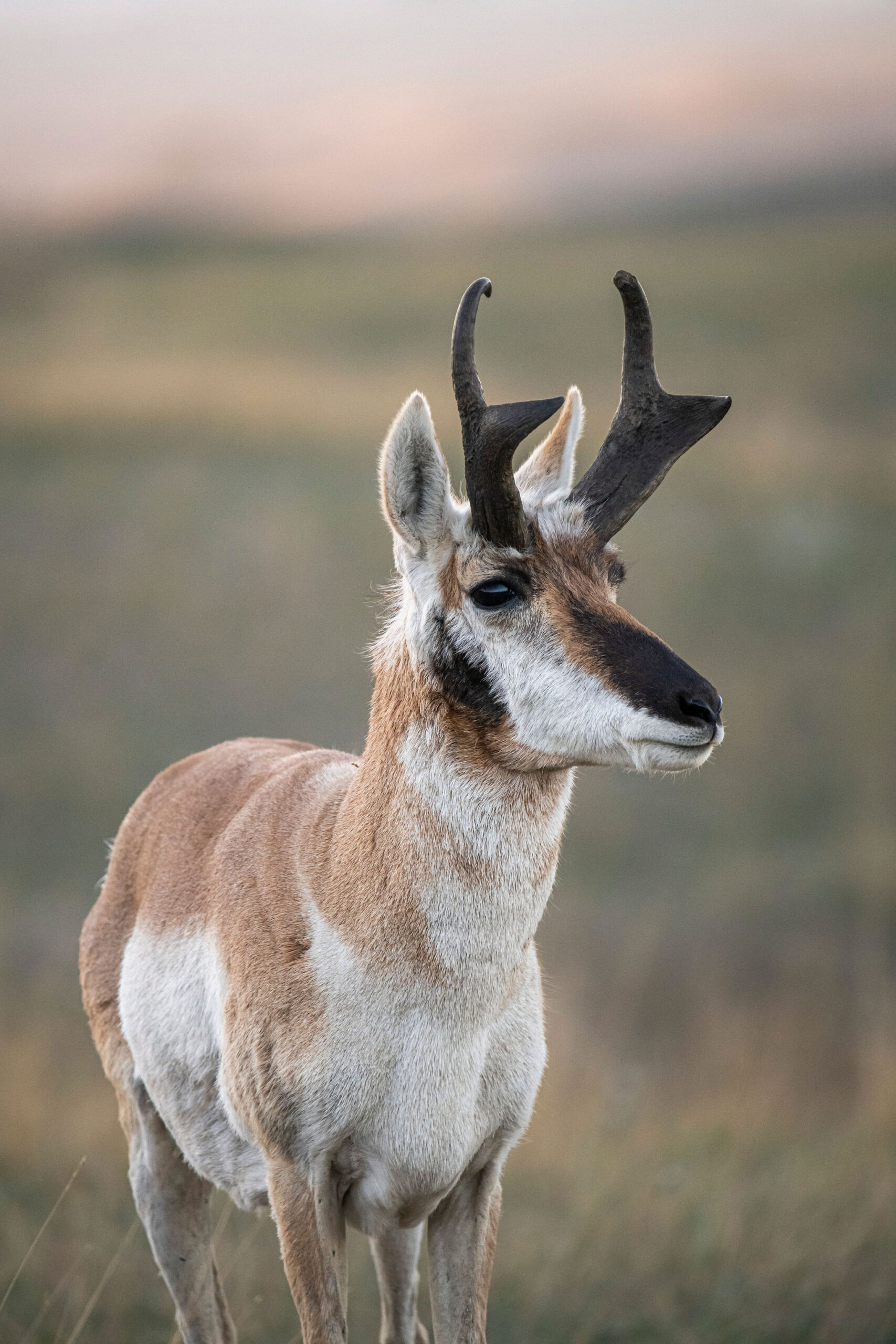
Pass or shoot? This antelope is quartering-to at 18 yards, and you have a crossbow.
You’ve been sitting in a ground blind over a waterhole for two days on your first guided antelope hunt. Since you’re in Wyoming, where they’re legal, you’ve decided to bring along your crossbow. The outfitter says you’re in a great spot for antelope, but it’s been cool and rainy and so not many animals have been committing to drink. After hours in the blind, you doze off for a catnap and wake up to see this buck standing at 18 yards. Your shooting sticks are set up and your crossbow is ready to go, with a new Wasp JakXV on the end of your arrow.
But as you’re settling in and waiting for the buck to turn, your chair squeaks—and now the goat is on red alert, quartering to you hard. You think he’s about to run. Your safety is off and the crosshair is on his chest, but you’ve always heard to pass on this shot angle. What now?
Our Take: Shoot.
Just be sure you hold for the correct spot, which in this case is in the crease between the buck’s right shoulder (on the left side from your perspective) and neck, right in the middle. Though it’s a smaller target, the antelope is plenty close, and even a little penetration will destroy the heart and lungs. With a powerful crossbow and a big-cutting mechanical broadhead like the JakXV, chances are this arrow is zipping out the offside ham, and doing tremendous damage as it goes. You can take this shot with confidence and expect your buck to go down in seconds.
THE SOUTH CAROLINA GOBBLER
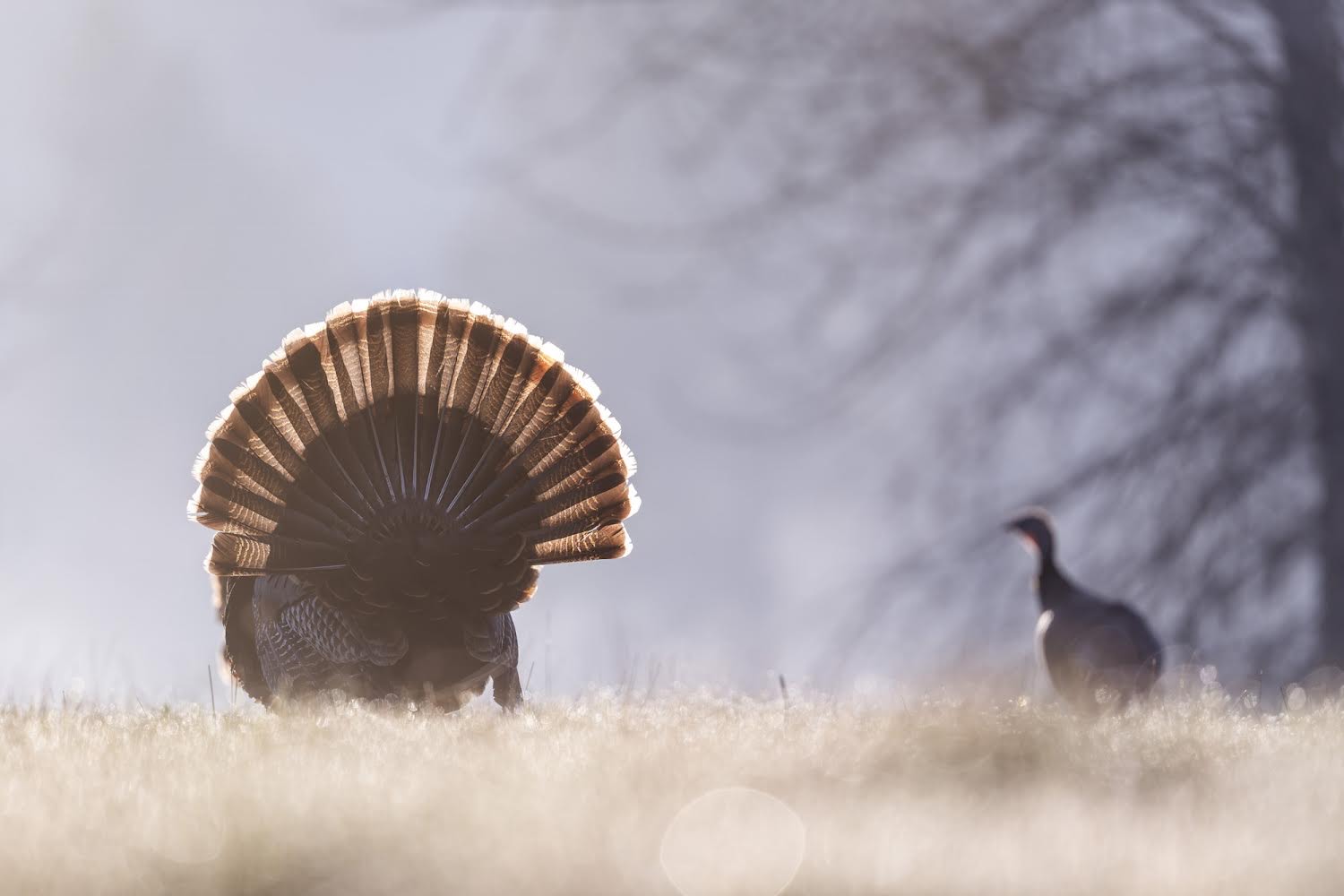
This big gobbler is 14 yards away, and you’re hunting with a recurve. Do you take this shot or wait for a different angle?
You roosted this old gobbler yesterday evening, and got set up well before daybreak. You have a ground blind against some hay bales, and a jake and hen decoy staked 12 yards away. Once this bird hit the ground, saw your decoys, and heard your sweet calling, he came running in fast. Now he’s at 14 yards, strutting and posturing, and all signs say he’s about to jump on your fake jake.
With his tailfan to you, drawing your 50-pound recurve is easy, and your arrow is tipped with a 150-grain Wasp Sharpshooter broadhead. The question is, do you take this shot at the base of the fan, or wait for the gobbler to turn broadside?
Our Take: Mixed Opinions.
We have some avid turkey hunters in the mix, and all agreed that there’s no better time to draw your bow than when a strutting gobbler spins his fan toward you, especially if you’re not hunting from a ground blind. But opinions were split on whether to shoot the gobbler facing away or wait until he turns broadside.
One staffer—who’s an avid trad bow hunter—prefers a facing away or head-on angle with turkeys, but cautioned that a strutter can tilt and move his tail fan, and so you have to be careful to aim at just the right spot. Another staffer prefers a broadside bird, so that the leg and thigh can be used as an aiming point. That staffer, though, hunts with a compound, which is easier to hold at full draw. Given you have a recurve, and this bird is plenty close and in a prime position to draw, it’s probably time to aim carefully and fill your turkey tag.
— By Wasp Archery Staff; Wildlife Images by John Hafner
View All Posts